| Specs at a glance: GeForce GTX 1070 Ti | |
|---|---|
| CUDA CORES | 2432 |
| TEXTURE UNITS | 152 |
| ROPS | 64 |
| CORE CLOCK | 1,607MHz |
| BOOST CLOCK | 1,683MHz |
| MEMORY BUS WIDTH | 256-bit |
| MEMORY BANDWIDTH | 256GB/s |
| MEMORY SIZE | 8GB GDDR5 |
| Outputs | 3x DisplayPort 1.4, 1x HDMI 2.0b with support for 4K60 HDR 10/12b HEVC Decode, 1x dual-link DVI |
| Release date | November 2 |
| PRICE | Founders Edition (as reviewed): £419/$449/€469 |
The GTX 1070 Ti is a great graphics card but a frustrating product. In the year and a half since the GTX 1080 and the GTX 1070 launched, Nvidia has faced little competition from rival AMD, which has been stretched thin across the launch of mainstream graphics cards like the RX 480 and high-end processors like Ryzen Threadripper. As brilliant as those products are, particularly Threadripper, it took until August of this year for AMD to launch a competitor to Nvidia's year-old graphics cards. The resulting RX Vega 64 wasn't the graphical powerhouse many were hoping for, with high power consumption and performance that couldn't quite top a GTX 1080.
The one bright spot was Vega 56, which handily beat the GTX 1070's performance across a wide range of games for around the same price (Ethereum mining price inflation notwithstanding). Given the age of Nvidia's products, a price drop seemed like a natural solution. But this is Nvidia—and Nvidia won't let AMD have nice things. And so we have the GTX 1070 Ti, a "kick a man when he's down" kind of product that shatters the sole success story of the Vega lineup. For around a £20/$20 premium over Vega 56, the GTX 1070 Ti offers tangible boost in performance over a GTX 1070 and, when overclocked, performance as good as (if not better) than a GTX 1080.
Specs
The GTX 1070 Ti is based on the same GP104 GPU used in GTX 1070, but with a CUDA core count much closer to the GTX 1080—2,432 instead of 2,560. The GTX 1070 Ti isn't a pumped-up GTX 1070; instead, it's a cut-down GTX 1080, the key difference being the use of 8GB of standard GDRR5 memory instead of faster GDDR5X memory. Stock clocks are rated at 1,607MHz base and 1,683MHz boost, but as with all Nvidia graphics cards, the boost clock is typically much higher in real-world use with reasonable cooling. The Founders Edition card reviewed, which recycles Nvidia's unremarkable if visually appealing blower-style vapor chamber cooler from the GTX 1080, consistently runs at 1,847MHz under load.
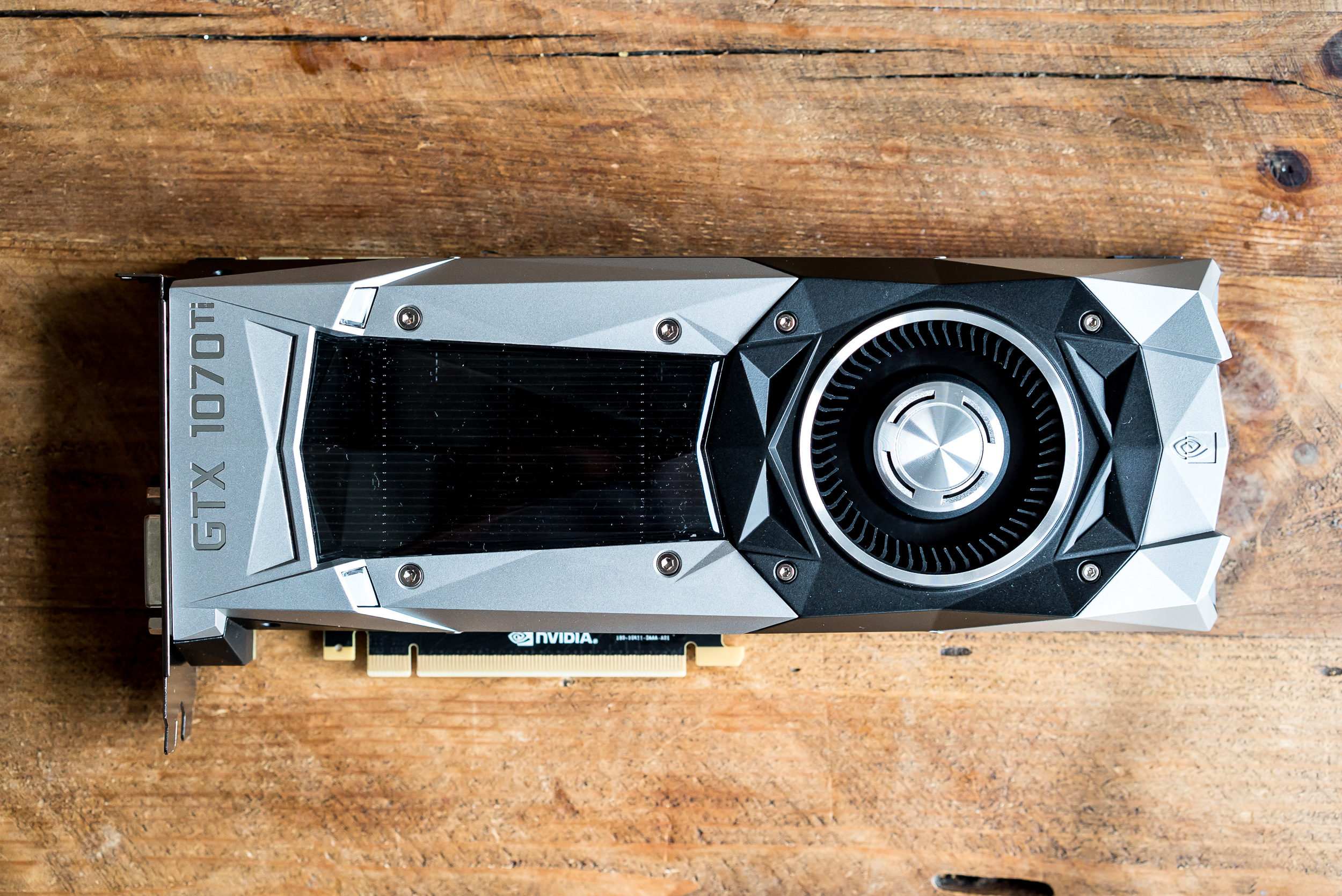
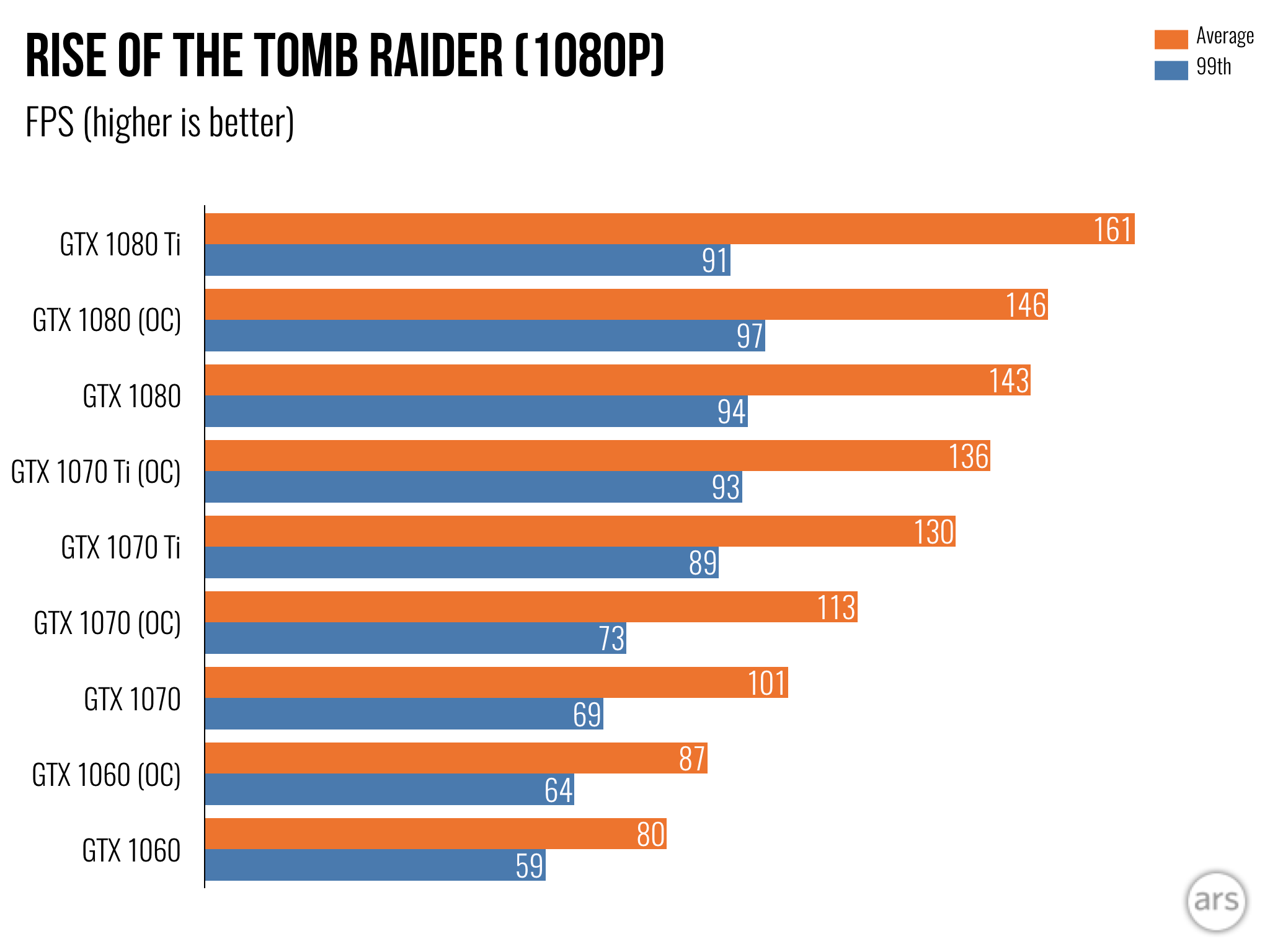
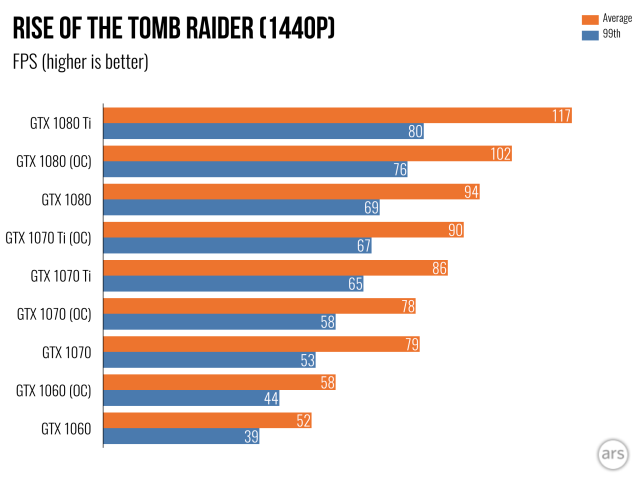
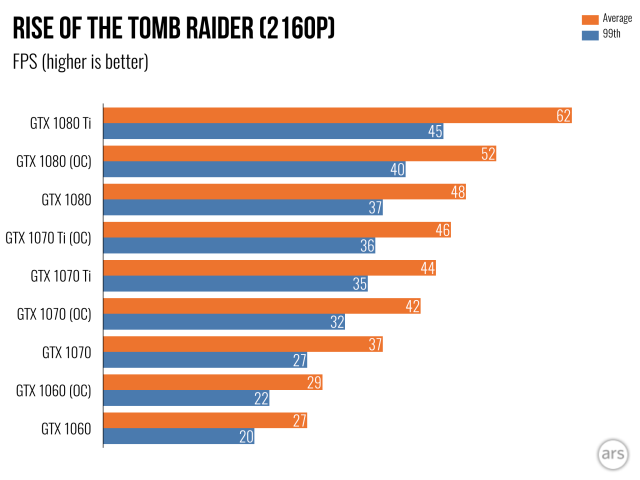
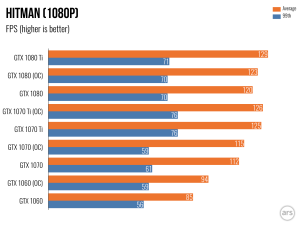

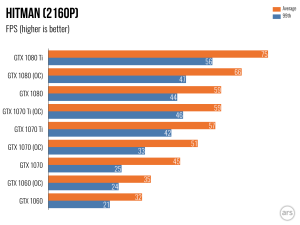






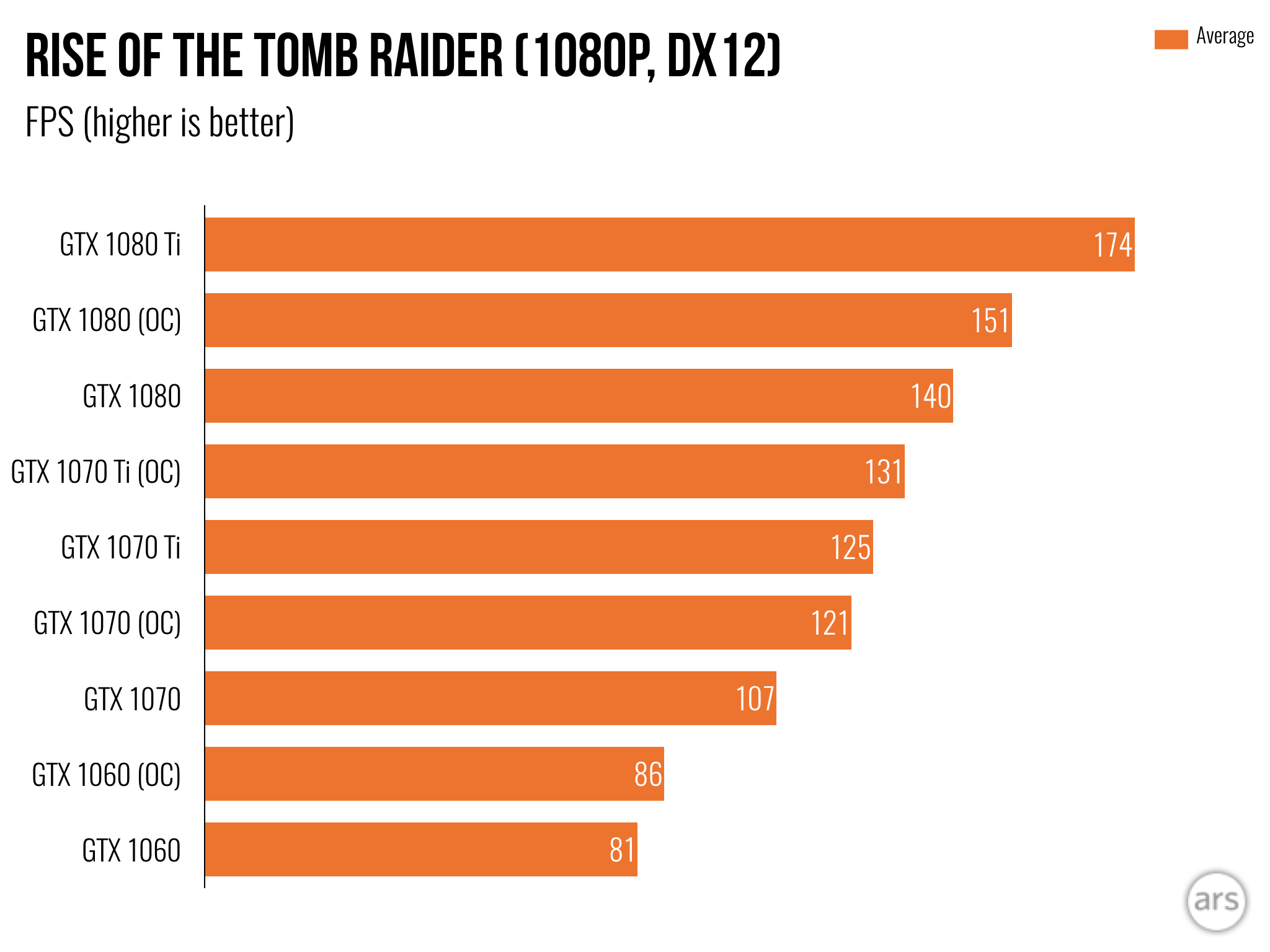
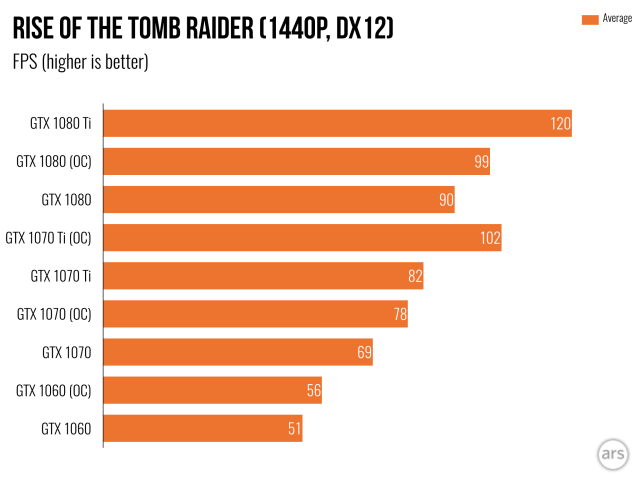
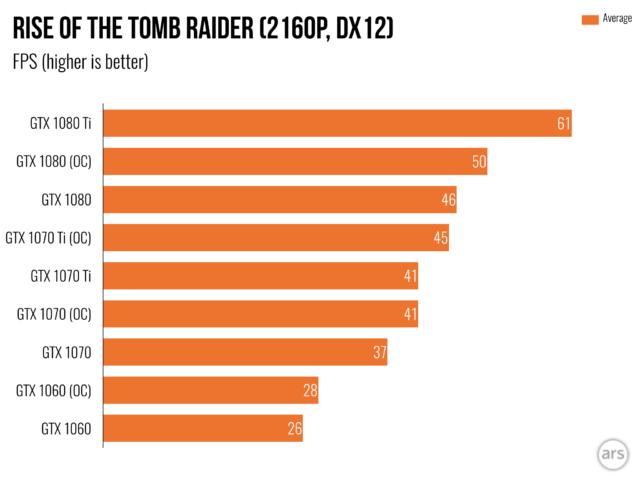

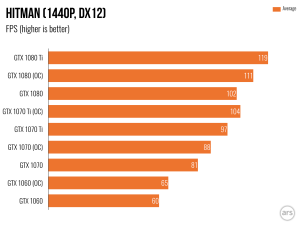
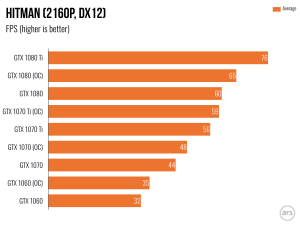

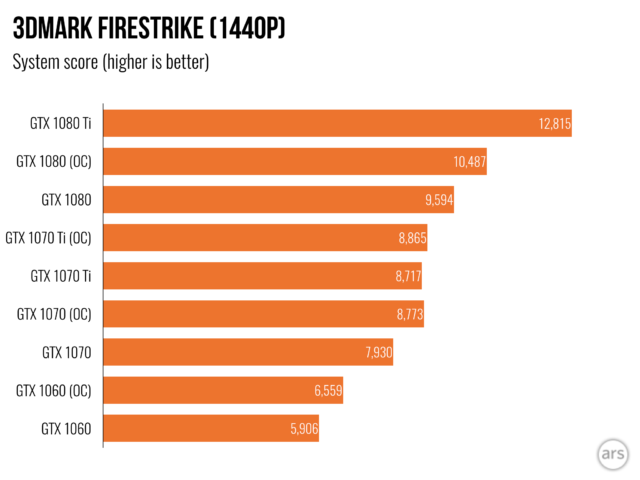


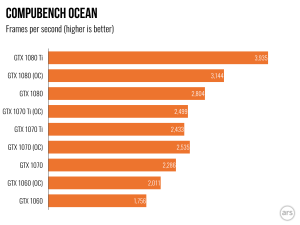

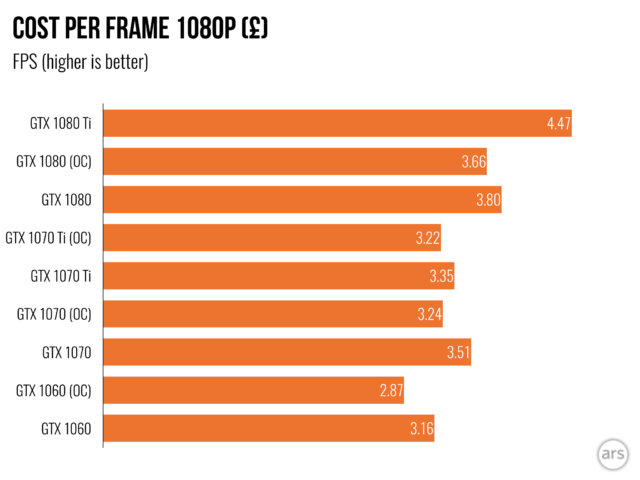
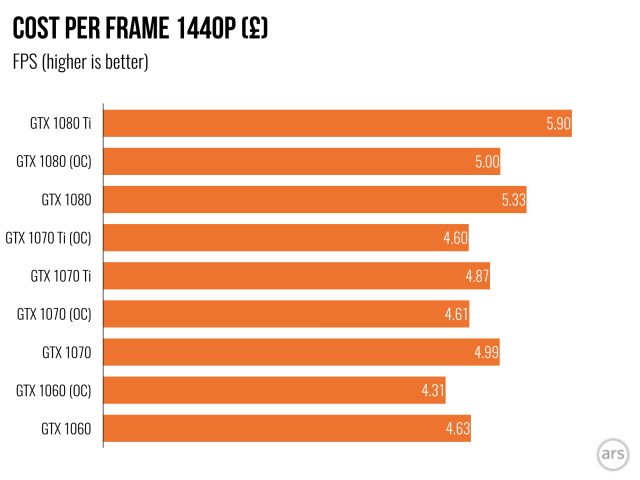


 Loading comments...
Loading comments...
